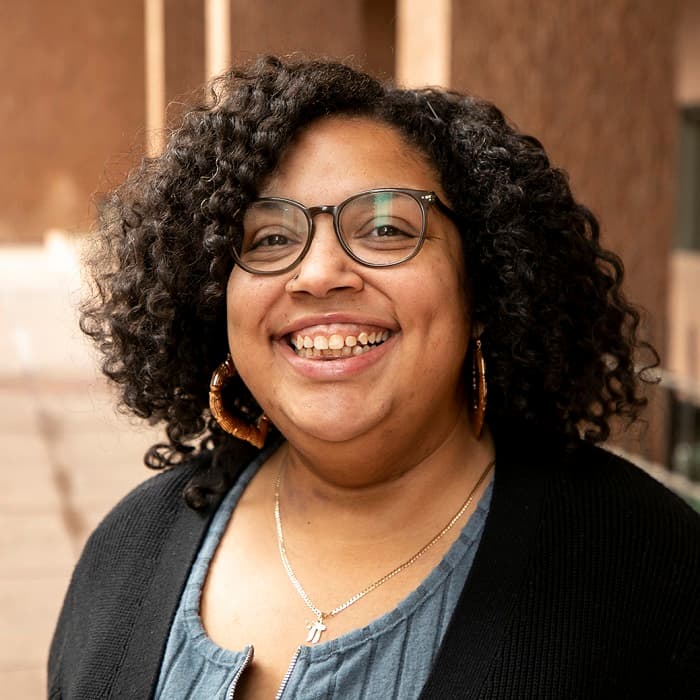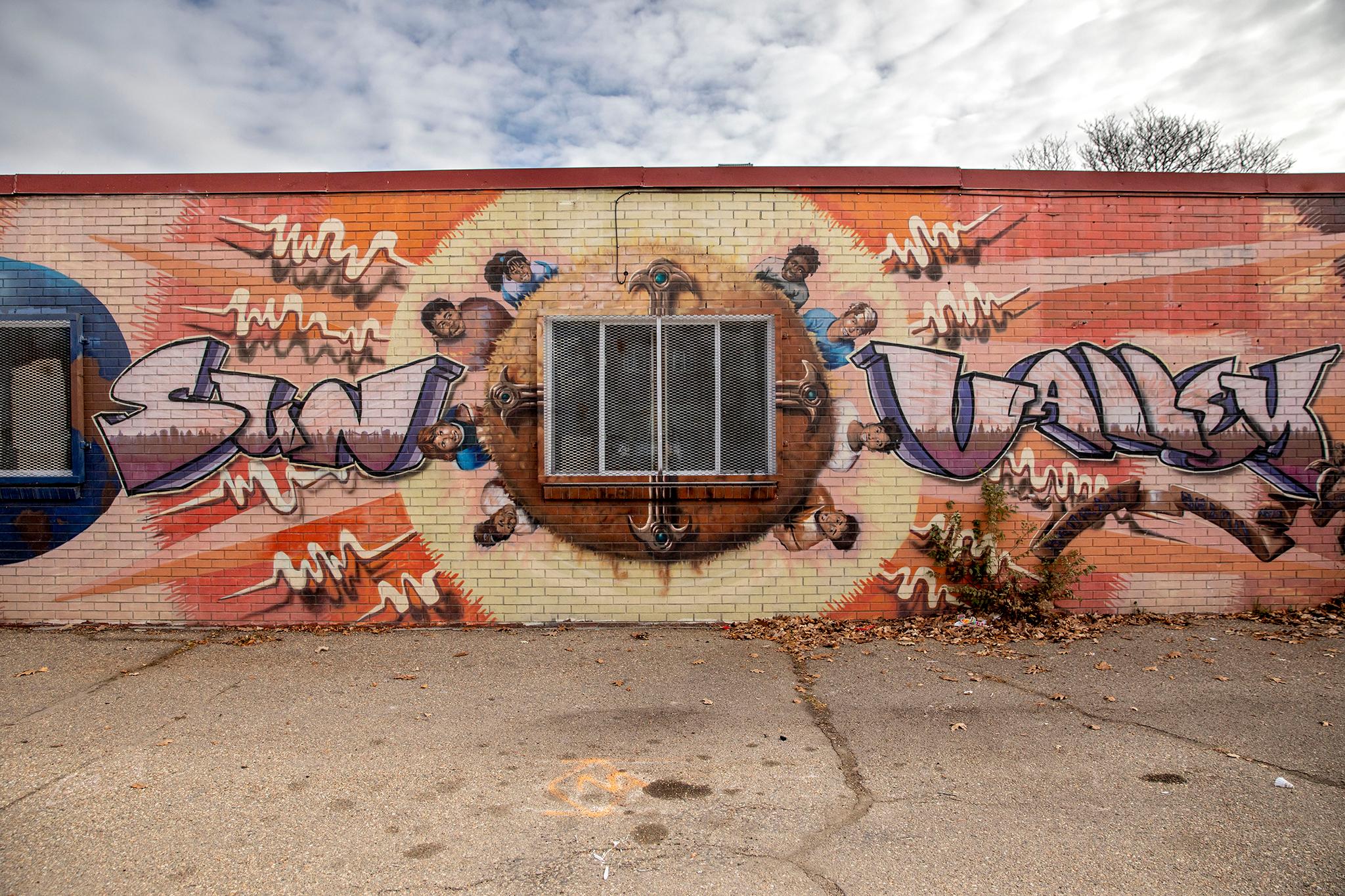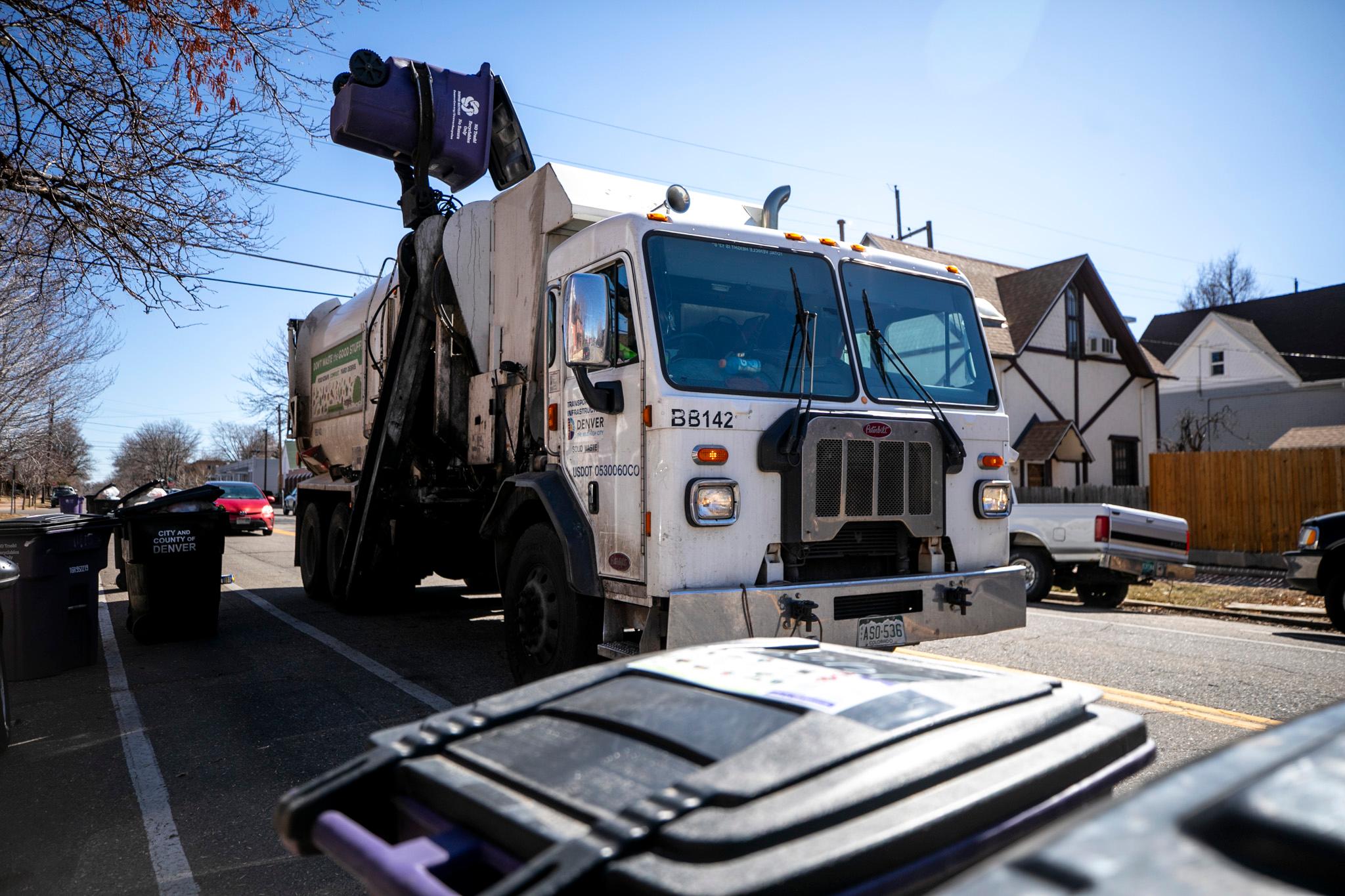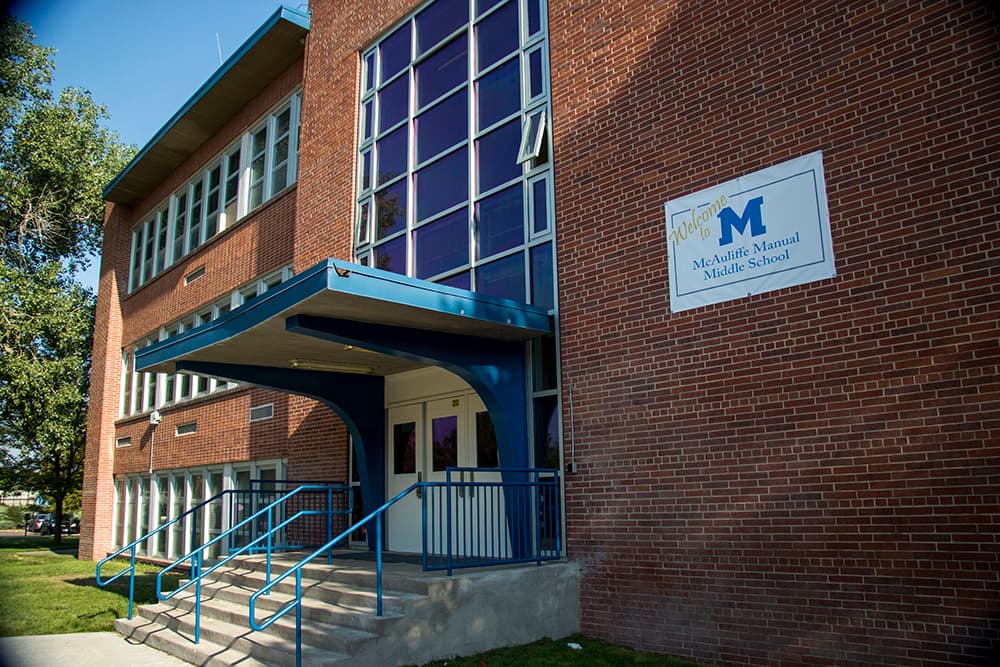Kris Rollerson has a front row view of Sun Valley's ongoing transformation.
Rollerson has been the Executive Director of the Sun Valley Youth Center since the center became a nonprofit in 1999. Before then she was a volunteer when the center opened in '98. For decades, Rollerson and the Center have been providing Sun Valley kids and teens with a safe and familiar place to go after school.
Familiarity, Rollerson said, is important in a neighborhood that houses predominantly low-income families, including many immigrants and refugees, especially because things don't look or feel the same way as they did 22 years ago -- let alone just four years ago.
Now, even more change could be on the horizon as the neighborhood school, Fairview Elementary, is among five others being considered for closure this week by Denver Public Schools. The district says dwindling enrollment is to blame but the potential closure has left Sun Valley's advocates asking: where will the children go to school?
Sun Valley is home to Empower Field and bordered by Interstate 25, Federal Boulevard and 6th and 20th avenues.
It once had a population of about 1,500 people, most of whom lived in the Sun Valley Homes, income-restricted housing run by the Denver Housing Authority.
Now, Sun Valley is filled with cranes, roadblocks and empty spaces. In 2018, DHA began redeveloping the neighborhood, replacing 333 units of old red brick public housing and adding more than 950 new homes to house more than 2,500 residents. An additional 734 units are also expected from partnerships with private developers.
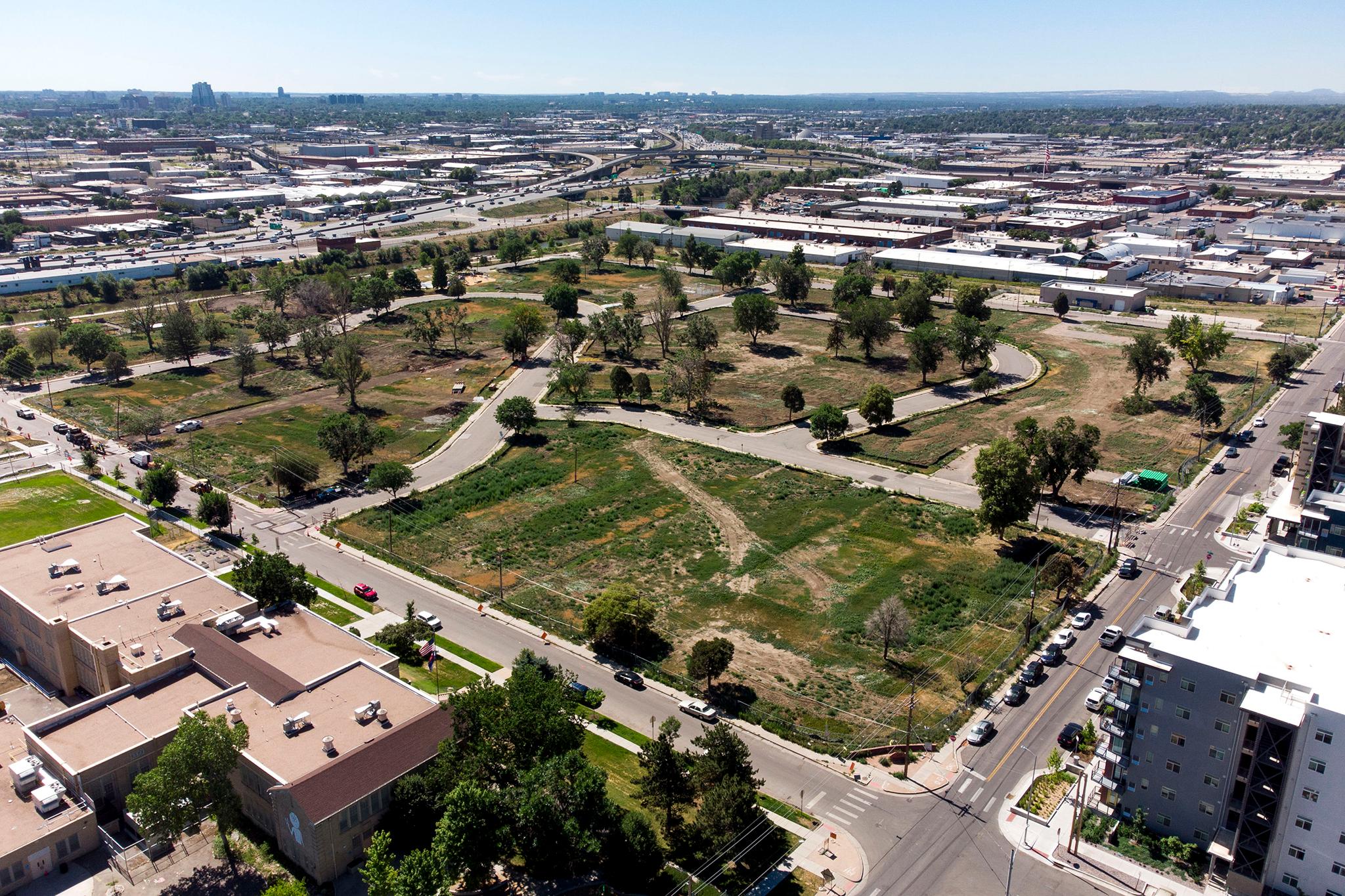
But in that process, residents have been displaced, moved to other DHA properties while construction is completed. But some former residents, according to Rollerson and DHA, are waiting to return to the neighborhood.
"When you're a family that's had to struggle because you don't have any connections, when you finally do find connections and have a safe place that you can go, you're going to do whatever it takes to get back to that place wherever it is," Rollerson said.
Some of those safe places include the Youth Center, Sun Valley Kitchen + Community Center, a neighborhood hub that hosts events from no-cost grocery store days to youth cooking classes, and Fairview, a school directly across from the Center that's been serving the neighborhood since the early 1900s.

The Youth Center and Fairview work hand in hand for the parents in the neighborhood.
When school is over, center staff will walk over to pick the children up. Recently, the center announced plans to renovate its space to accommodate the new families trickling into the neighborhoods.
So when Denver Public Schools announced in October that Fairview could possibly close due to declining enrollment, Rollerson was baffled.
"We don't have declining enrollment because people don't want to go to Fairview," Rollerson said. "We have declining enrollment because 100% of the community was displaced. There's a difference. This isn't gentrification. It's literally because the housing authority moved everyone out."
Denver schools began experiencing low enrollment in 2015 because of low birth rates and displacement caused by high costs of living in Denver. A Chalkbeat analysis also found that the district opened too many schools because it incorrectly forecasted how many students it would need to service.
Between 2019 and 2021, DPS lost about 3,600 students and it expects to lose about 3,000 more over the next four years, with most of those students being of elementary school age. The decline in enrollment equals a potential annual loss of about $36 million to schools as school budgets are based on a per-pupil model
In June 2021, DPS was tasked with finding a solution to reduce the number of small schools and in September 2021, they released a list of 19 schools that were to be evaluated for closure due to low enrollment.
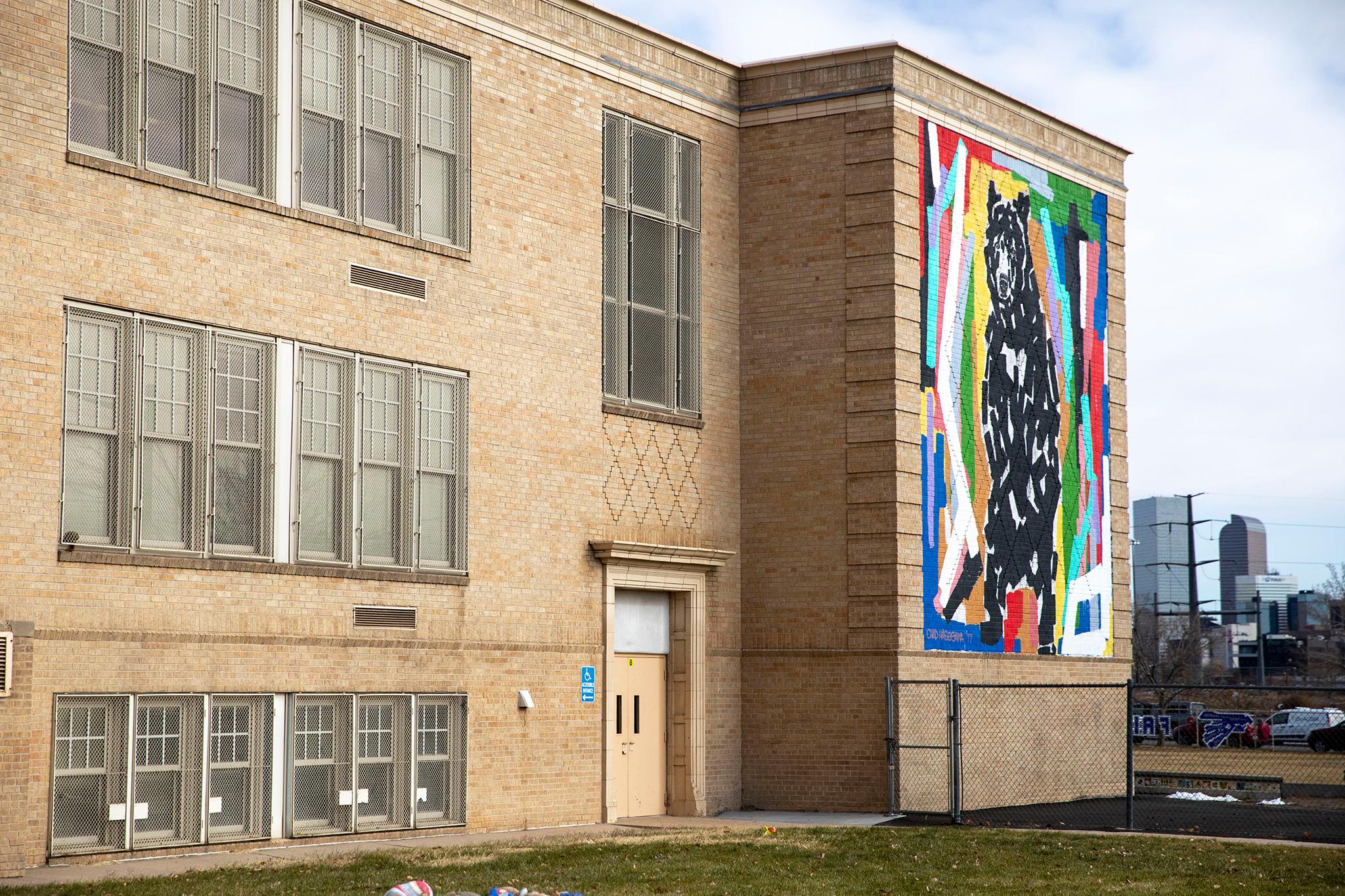
Fairview was on the list.
But days later, DPS tabled the discussion with Superintendent Alex Marrero citing community concern and timing due to the effects of the pandemic.
Rollerson remembers that conversation briefly and at the beginning of this school year, she along with several parents asked leaders at Fairview whether they should be concerned for the future of their school.
They were told no -- until DPS recommended in October that nine elementary schools and one middle school be closed due to low enrollment. Fairview was on the list again.
Since then Rollerson has expressed her disbelief as well as other community members and stakeholders in Sun Valley, including Councilmember Jamie Torres and DHA.
Sun Valley, right now, feels like a construction site because it is but DHA says the goal is to create a mixed-income neighborhood that suits Sun Valley residents' needs, including spaces geared towards families.
"We are going to put families into the units we have," said DHA spokesperson Keo Frazier. "Sun Valley isn't going to stay empty. Once everything is redeveloped, we will have families in Sun Valley. We have families there now, there will be more families coming."

So far, DHA has completed and fully leased two buildings, which combined have 187 units. A small grocery store is located in one of the buildings, a necessity for the growing neighborhood. Two new complexes, GreenHaus and Thrive, are nearing completion and leasing is expected to begin by the end of this year. Those two buildings will house 264 units of one to five bedrooms.
Overall DHA projects it'll house between 890 to 1452 residents who are 18 years old or younger. Once Thrive and GreenHaus are completed in the first three months of 2023, about 242 to 484 residents will be 18 and younger with 97 to 194 being elementary school kids.
Thrive is also set to several spaces for families including play areas and an area that could potentially house an after school program.
"What have we been planning and doing for the past 10 years," Rollerson said. "We did so much work planning with the housing authority what a family hub could look like...The whole development has been built around Fairview being the school that would attract new people to the community...It's completely unjust and doesn't make sense and again, declining enrollment is different from complete relocation."
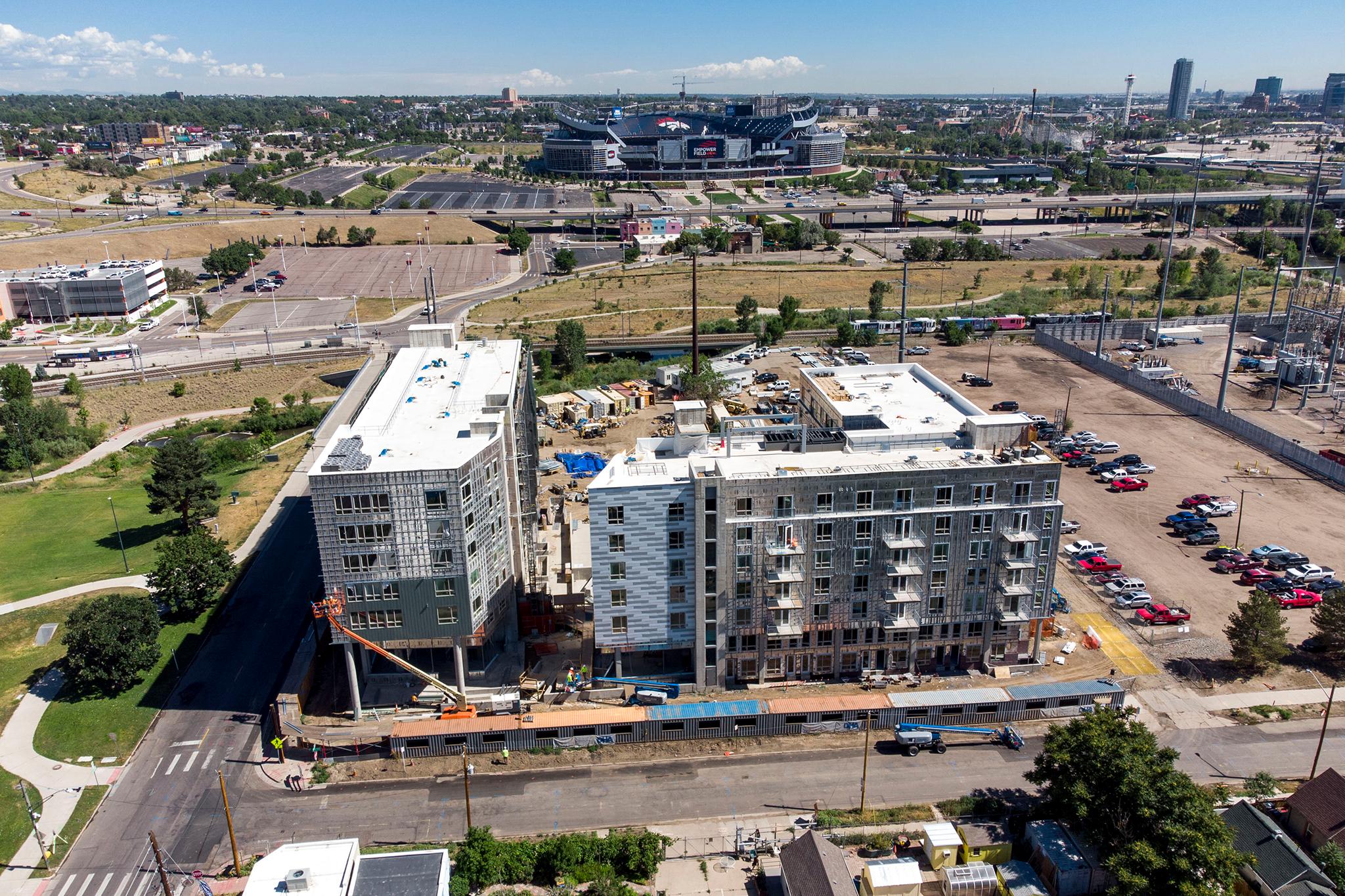
Rollerson and other stakeholders noted that having a school within walking distance to the new developments was a selling point to private developers and a key factor in being eligible for grant funding.
DHA received a $30 million from the Choice Neighborhood Implementation Grant through the U.S. Department of Housing and Urban Development in 2016. The grant provides money to communities looking to redevelop "distressed public or HUD-assisted housing."
DPS signed on as a "Principal Education Partner," meaning the district would provide an educational component to DHA's transformation plan. Through the partnership, DPS agreed to several commitments including the creation of an early childhood education program and "access to high performing and/or improving schools," specifically at Fairview and its feeder middle and high schools.
Susan Powers, president of development company Urban Ventures, said the HUD grant was the first of its kind in the city and closing Fairview could jeopardize future partnerships with HUD and private development in the area.
"I don't want any school to close but they should not be closing a school in an area that has this much investment going into it," Powers said. "It's counterproductive. It's going to be difficult to market to private developers if there's no school there. Will HUD look at this and say what's going to happen to schools? Would we even be competitive as a community? ...What does it mean to be an education partner then say we're going to bus your kids elsewhere?"

Powers also noted the implementation of the Sun Valley Homes Urban Redevelopment Area. The designation allows DHA to receive tax increment financing through the Denver Urban Renewal Authority. In the agreement, DPS is set to receive $4 million from DURA since property taxes will be put towards the TIF funding.
DPS told the Denver Post it can use that money for any school that services the neighborhood, but Powers said all entities had Fairview in mind.
Even though DPS is aware of the changes occurring in the neighborhood, it still projects that the developments "will bring in fewer children," according to their 2022 Strategic Regional Analysis. DPS didn't immediately respond to questions asking for clarification on the analysis.
After the list of 10 schools recommended for closure or unification was announced, DPS later cut the school closure list in half. Fairview remained on the list, along with Denver Discovery School, Schmitt Elementary, International Academy of Denver at Harrington and Math and Science Leadership Academy. All the schools have a high population of minority children and more than 80% of the students receive reduced or free lunch.
DPS recently held a public hearing on the possible closures that lasted more than six hours with more than 100 speakers, many from schools that were once on the list, including Colfax, Palmer and Columbian Elementary schools. No one spoke in favor of closing the schools.
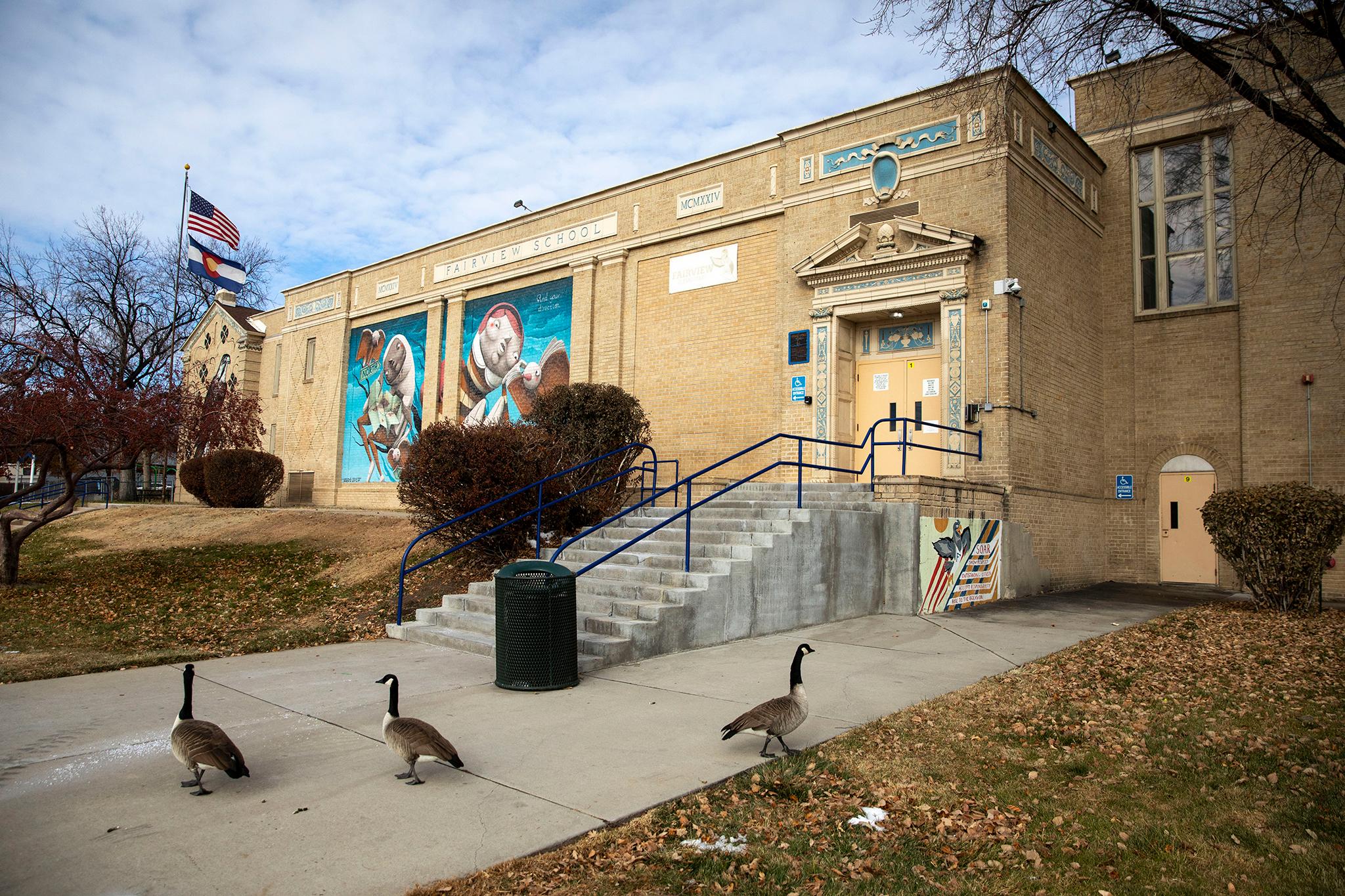
Rollerson spoke at the hearing noting that there weren't many supporters of Fairview in attendance because many are single working parents. It's something she mentioned prior to the hearing.
"It just feels like it's one more thing," Rollerson said. "All these other communities have a lot of advocacy and a lot of people are making noise about it. In our community, we have low-income people living in government housing and refugees, who don't have a desire to start a fight with the political powers that be for plenty of reasons. ... People are tired. We're tired of fighting."
David Nisivoccia, DHA's chief executive officer, spoke reiterating the agency's projected growth in the neighborhood. Najah Abu Serreyah, a parent and the nutrition leader at the Center, said her children cried when they learned that Fairview may close.
"Fairview for them, it's not just a school. It's like their second home," Serreyah said.
Judy Elliott, an education specialist with Denver Urban Garden, also spoke at the hearing in support of Fairview, home of DUG's "oldest school-based community garden."
Elliott said the neighborhood has persevered through all of the changes and noted that it's one of the most diverse schools in Colorado.
"Let me introduce you to Iran, Somalia, Central African Republic, Burundi, Democratic Republic of the Congo, Ethiopia, Rwanda, Sierra Leone, Burkina Faso, Eritrea, Mexico, and Vietnam. All of which with differing languages and cultural traditions have been welcomed by and benefited from the inclusive learning and environment," Elliott said. "This community is powerful. I ask you not to take away their power, their place, and their voice."
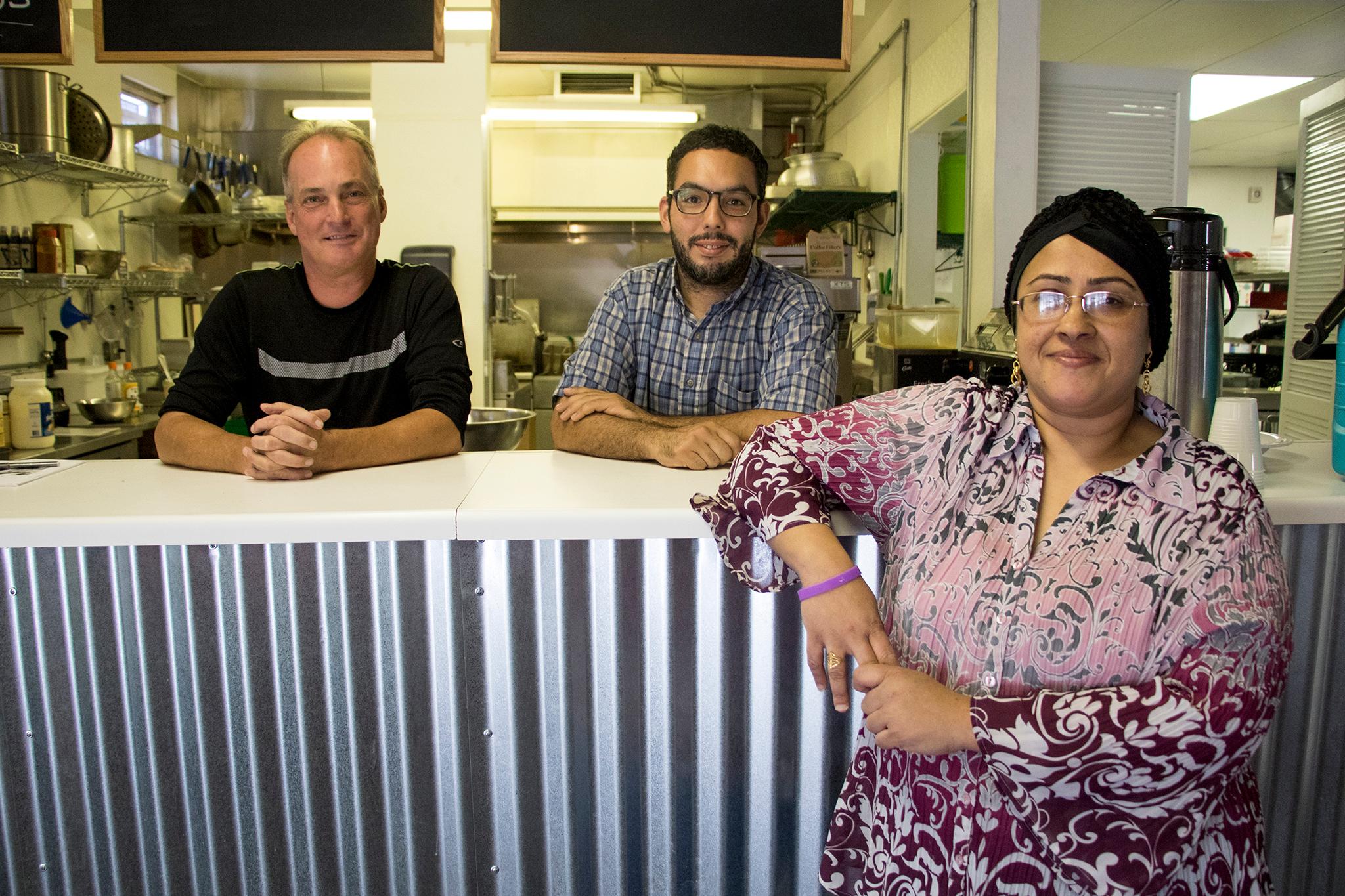
So when the DPS board votes on the school closures Thursday, Rollerson said she hopes the board will reconsider. Regardless of the outcome, she's preparing for the influx of young people bound to come to the neighborhood.
Rollerson said the Center recently launched a funding campaign to increase their space. There's currently 50 kids on the wait list and the goal is to accommodate them and eventually increase capacity to 120 kids across the grade levels over the next five years.
"We need a bigger building to accommodate all the kids that will be moving into the community," Rollerson said. "We're trying to figure out how we can repurpose and renovate some of our spaces to keep some of the historical structures standing in Sun Valley with everything else being torn down... We want to build up our programming and continue to support our kids through elementary, high and beyond."
The irony isn't lost on Rollerson. If the board decides to close the school, Fairview's ECE program will remain open. DPS has also said it won't sell the building and the schools, in the future, could reopen.

Rollerson said if Fairview closes, DPS should give the building to the Center. Rollerson also envisions running an ECE through eighth grade school in the building, something Rollerson said the neighborhood would benefit from.
But really Rollerson hopes the board votes "no" and reevaluates the plan.
"I hope they come back and say we were not thinking and we were out of our minds," Rollerson said. "We need a school that actually meets the needs of our community, which would be ECE through eighth with a big focus on trauma informed teaching and complete wrap-around services...There's going to be a need for a school in a community that's undergoing major transformations with the school being the center point"
